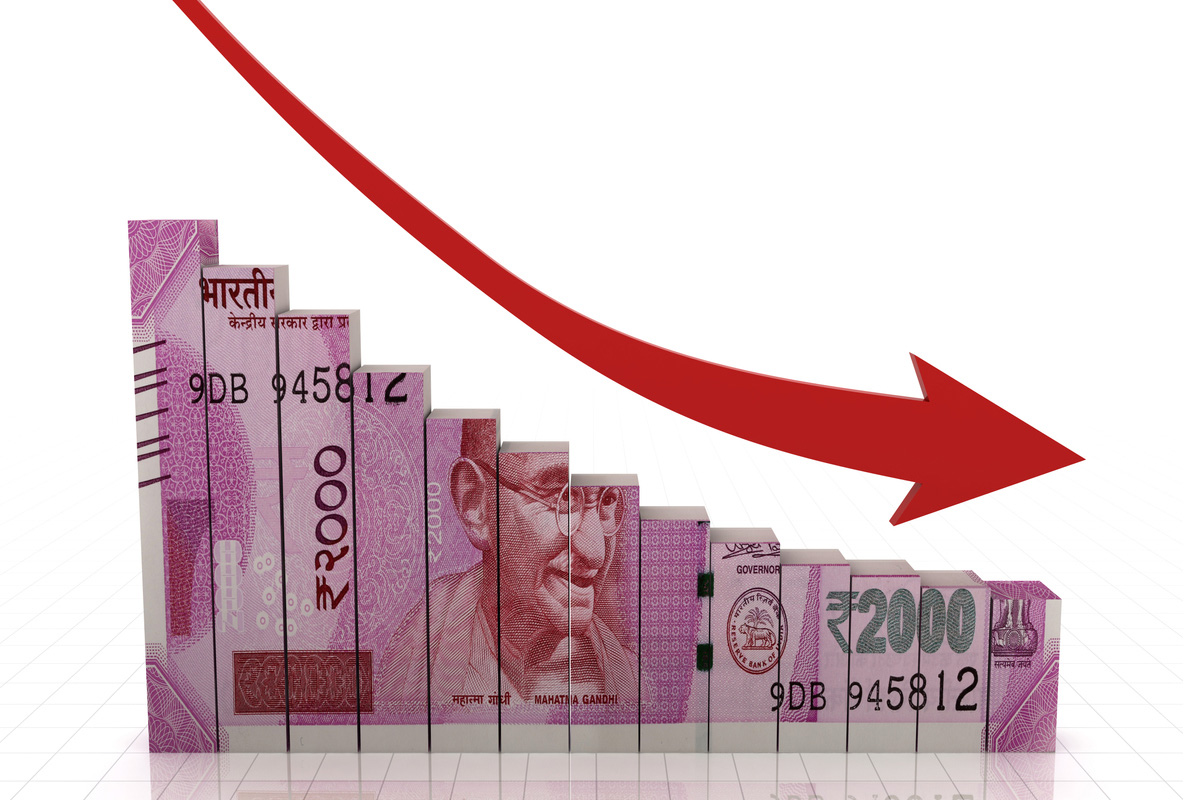Food Inflation
The Indian economy faces a multifaceted challenge as food prices continue to rise, exerting significant pressure on households and policymakers alike.
The lower revenue has come at a time when Covid-19 had increased the need to spend to keep the wheel of the economy moving amidst the pandemic.

(Representational Image: iStock)
State governments’ deficit is seen higher at 5 per cent, up from earlier estimate of 4.5 per cent of gross state domestic product (GSDP) as Covid-19 continues to suppress economic activities resulting in lower resource mobilisation and higher state expenditure, Kotak Institutional Equities said on Monday.
In a research report on public finance, the brokerage said that finances of state governments remain weak with a sample of 16 states suggesting that revenue receipts fell 11.4 pet cent during 4MFY21, with bulk of the decline coming from tax revenue (23 per cent).
Advertisement
During the April-July period, tax collection on 16 identified states stood at Rs 2,90,900 crore as against Rs 3,79300 crore in the same period of previous year, a drop of over 23 per cent. The biggest fall has been in GST collection that fell from Rs 1,14,600 crore in April -July of FY20 to Rs 84,200 crore in the four month period of FY21, a drop of 26 pet cent. The states have also witnessed a sharp decrease in sales tax revenue during the period during to slowing down of economic activities across sectors.
Advertisement
The lower revenue has come at a time when Covid-19 had increased the need to spend to keep the wheel of the economy moving amidst the pandemic.
Accordingly, the states expenditure in the four month period had risen to Rs 6,23,100 crore. But most of the additional expenditure had come in the form of maintaining the government and capital expenditure had fallen drastically by 26 per cent to Rs 51,000 crore from a level of Rs 80,600 crore last year.
The brokerage report said that While grants have offset part of the decline in tax receipts, the sustainability remains doubtful.
“We believe that the state governments will have to constrain capital spending to abide by the revised borrowing limits. This will have a bearing on growth as state capex accounts for 66 per cent of the general government capex. We now expect states’ GFD/GDP at 5 per cent (4.5 per cent earlier), with consolidated GFD/GDP at 13 per cent,” the brokerage report said.
Advertisement